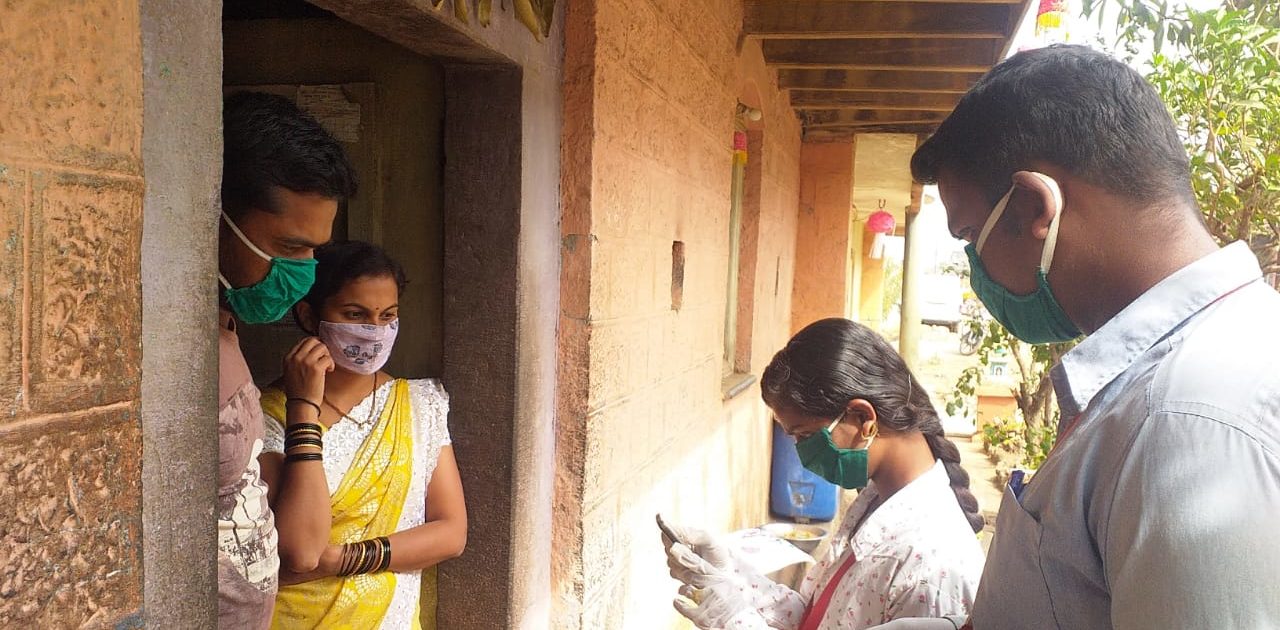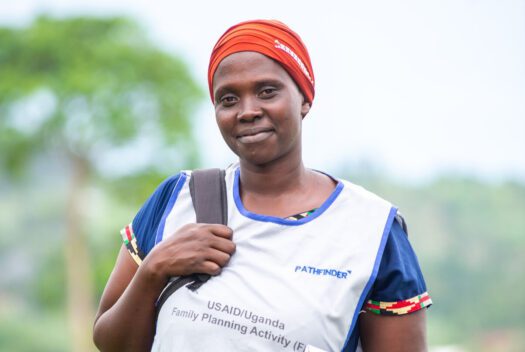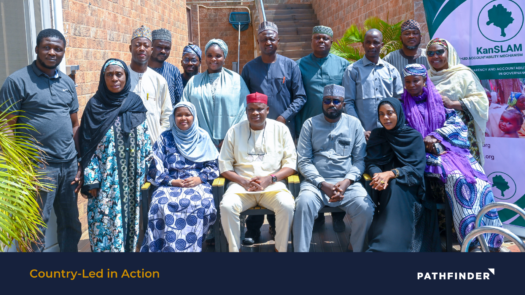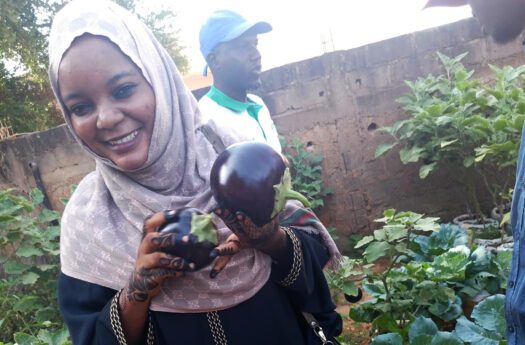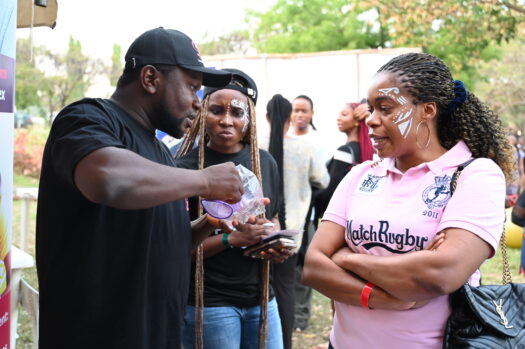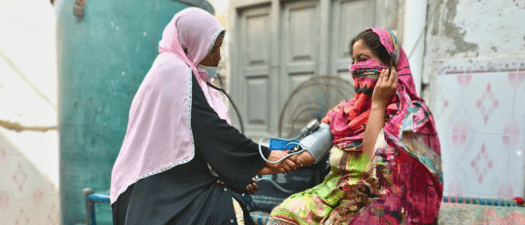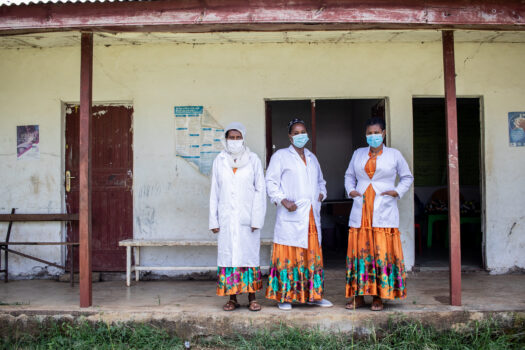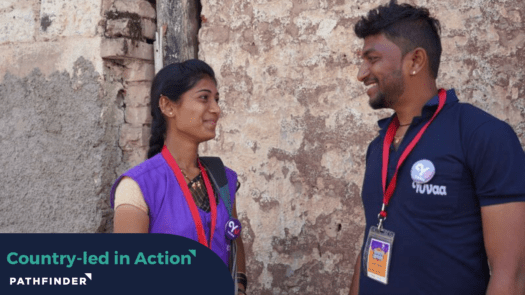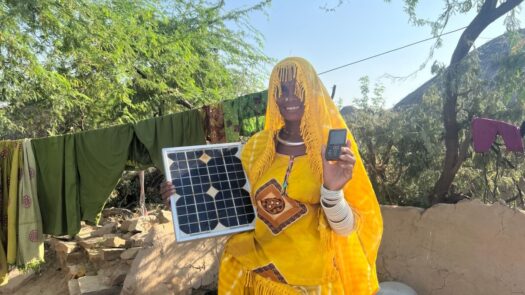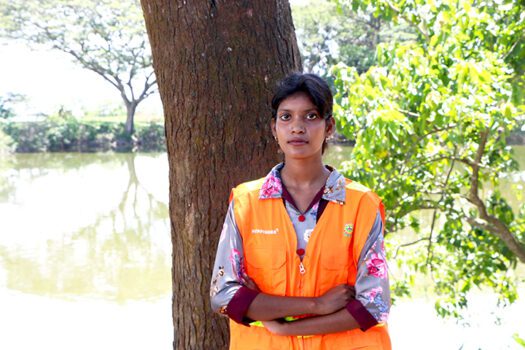Introduction
Starting in 2020, Pathfinder began a process to re-examine the language we use, working to ensure our language choices reflect the values of mutuality and respect, inclusivity, and specificity to avoid harmful generalizations and stereotyping. Earlier this year, Pathfinder released an updated set of language guidelines used across the organization. While the language guidance is helpful in furthering our values, it is does not solve all of our linguistic challenges. Some terms are so deeply embedded in our work, they are hard to critically examine.
We sat down with two of our Monitoring, Evaluation & Learning (MEL) team members to discuss the term “unmet need.” Unmet need, along with “demand satisfied,” is used widely by national surveys, like Demographic and Health Surveys (DHS), to measure the impact of family planning programs. According to the DHS Program, unmet need for family planning is defined “as the percentage of women who do not want to become pregnant but are not using contraception. ” Though the concept seems straightforward, the calculation is extraordinarily complex and has changed over time.1
In this Q&A, Lopamudra Paul, Director of Research and MEL in India, and Dorah Taranta, Program Advisor in Uganda, help us to better understand how terms like unmet need can create disconnects, in both language and practice, and don’t always translate into how we design and deliver programs.
We use the term ‘unmet need’ constantly. Why do we use it, and what does it mean?
Lopamudra
The measurement doesn’t show the nuances behind the statistics. Take a real-world example from our YUVAA Program in India. Women’s needs change within varied contexts. When we try and generalize the population we measure, we are losing nuance. With YUVAA, we have categorically seen that the districts where we work, Bihar and Maharashtra, have very different ways of looking at unmet need. Our program is looking at the ‘why’ factors: affordability, availability, lifestyle. Our program is contextual, but demographics only measure numbers.
In Bihar, which is economically poorer than Maharashtra, we have a lower age of marriage, and more young women start having children at early ages. For them, with unmet need, we often talk about spacing children. On the other hand, In Maharashtra, the age of marriage is higher, and women are having children later. The unmet need here is different, and so our programming reflects this difference.
These nuances that we see with YUVAA show that unmet need is multidimensional. While unmet need is high in both states, the why behind these numbers is different.
Dorah
Unmet need is a broad term, and we need to understand that sometimes it’s not left up to the woman to make the decision about her reproductive choices. It’s often not her need, its someone else’s. If a woman doesn’t have agency, it might be difficult for her to state her own need. Maybe she doesn’t want to have a baby, but she is in a relationship, so she chooses a short-term method. But her actual desire is a long-term contraceptive method. Her need is often different from what we are actually measuring, so we have to fully account for that in our data capture.
What specific steps are we undertaking at Pathfinder to ensure data collection—and outputs—actually represents what girls and women want or need in terms of contraceptive methods and services?
Lopamudra
With YUVAA, we talked about much more than unmet need. We used unmet need as a baseline measurement, but we pushed our understanding much further, by discussing enabling environments for choice, and using a reproductive autonomy scale, one that looked at the spectrum of women’s ability to make their reproductive decisions. Based on our inputs from women, we learned that social pressure was a key factor in women’s choices. We also segmented our clients, by knowledge, agency, skills, and autonomy, in order to better understand their characteristics and resulting choices. Unmet need data may indicate the demand in the community for contraception – but we need to bring women’s voices to the forefront and empower them with their reproductive choice by asking the right set of questions during data collection.
Dorah
We are working at the program level, with intentionality, to empower women and build support from men in our programs. We undertake community engagement sessions, sessions with youth and adolescents, sessions with men, and intergenerational sessions. In these sessions, we discuss responsibility around reproductive health decisions, and work to build women’s agency. We work to shift perceptions, and build a more supportive environment for women to make their own choices.
If we were to shift away from unmet need as a core measurement, what would we shift toward? What is a more encompassing option?
Dorah
We need to move toward socializing family planning. What I mean by that is to move beyond the quantitative measures, and understand the behavioral dynamics behind them. In the communities where we work, women don’t make decisions in isolation, and family size can determine her security. Rights-based programming is responsive to women, to couples, and to families. We need to be able to experiment in order to arrive at new metrics.
Lopamudra
Unmet need is a global indicator for macro-level measurement for family planning need or contraception demand calculations, but while we use that for program design, our focus needs to be shifted more toward contextual measurement. When we talk about replacing unmet need with other indicators, we need to be careful with our terminology and how data are collected, as a more appropriate indicator could be reproductive autonomy, which includes a woman’s decision to use contraceptives.
Our donors, they want numbers. But a qualitative understanding is so important, its more nuanced, it better represents what women want, and how to make programs more responsive. We need to understand what drives women, incorporate their voices, as well as their families’ voices. Ultimately, unmet need limits us. We need a broader, more inclusive system to measure, and report, on women’s choices, one that allows us to design more responsive, adaptive programs.
To delve deeper into understanding the measurement of unmet need, read:
